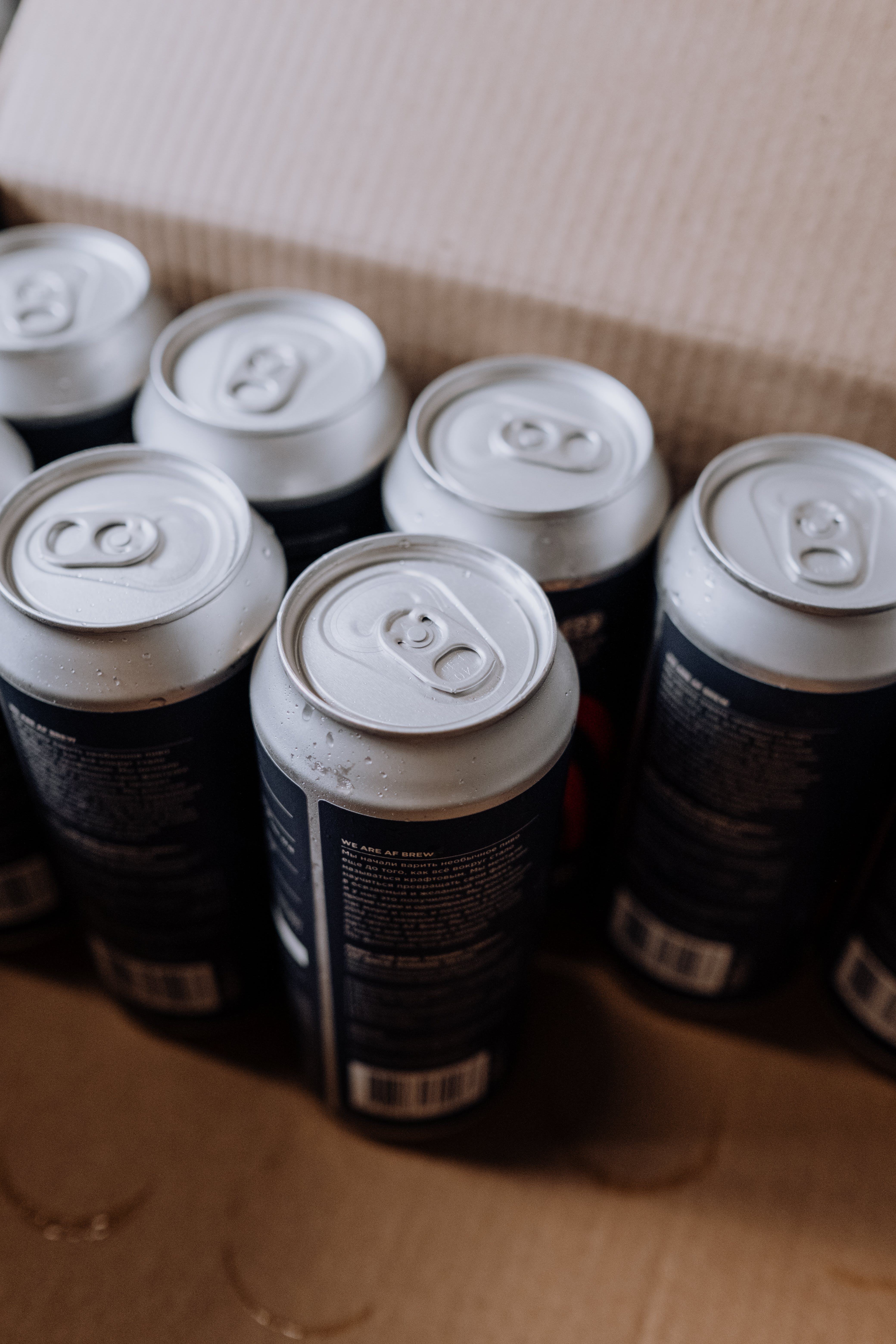
Climate change, circular economies, ESG and sustainability have all become business priorities over the past few years, with global supply chains sitting right in the middle of these issues – both as a major contributor to the problem and as an area of focus for improvements. Businesses must, therefore, purchase materials and products from companies that can show that they have good sustainability practices, from both a labour and manufacturing point of view.
The benefits of responsible sourcing and sustainable packaging
Responsible sourcing has been shown to influence consumers buying decisions, with studies suggesting that up to 70% of consumers would pay more for sustainably-produced goods. Businesses must therefore meet the increasing demand from consumers for products that are both environmentally and socially responsible.
Yet businesses are still learning when it comes to improving their responsible sourcing process, with Richard Howells, Vice President of Solution Management for Digital Supply Chain at SAP, describing it as an “evolving landscape,” allowing businesses the opportunity to combine sustainability initiatives with efficiency efforts and customer demand.
“While the ‘Amazon Effect’ has led to heightened consumer expectations for quick delivery, there is a similar demand for eco-friendly products,” Howell says. “In fact, 90% of Gen X consumers say they’d be willing to pay more for sustainable items – compared to 34% just a couple of years ago.
“In today’s market, for businesses to prosper and expand they must discover novel approaches to meet rising demands for ESG standards, placing greater emphasis on responsible sourcing.”
Responsible sourcing within procurement
For businesses to build a responsible and resilient supply chain, leaders need to acknowledge that procurement is the first step. “The procurement team begins the sourcing process by evaluating potential goods and materials that would make up the products made and distributed in the supply chain,” says Etosha Thurman, Chief Marketing & Solutions Officer, of Intelligent Spend and Business Network at SAP.
“In their evaluation, they are considering the environmental, societal, and economic impact of sourcing the materials. For example, potential risks with energy efficiency, water and land usage, and hazardous materials.”
To ensure businesses adopt responsible sourcing, leadership needs to set out clear definitions which align with the ESG goals of the organisation. Procurement professionals must also be educated about the necessary steps to ensure the goods and services under consideration meet the criteria.
Technologies role in responsible sourcing
In today’s rapidly evolving business landscape, technology stands as a pivotal ally in driving sustainability across the source-to-pay (S2P) and procure-to-pay (P2P) processes. By seamlessly integrating innovative solutions, organisations can navigate strategic sourcing, procurement, and supplier relationships while adhering to responsible and ethical practices.
“Technology can help organisations follow sustainable practices at every stage of the S2P and P2P process,” Thurman says. “In strategic sourcing, the right solutions can help analyse current and future spending, find and source from suppliers, ensure compliance and reduce risk with sustainability in mind. SAP Ariba Sourcing is a good example of a solution that enables users to prioritise suppliers that align with ESG goals.”
During the P2P process, Thurman reminds organisations that it is important to use solutions that help guide business users to make risk-aware and sustainable purchases, ensuring contract compliance with sustainable procurement policies. “The guided buying capability in SAP Ariba Procurement solutions can help guide employees to purchase from sustainable suppliers,” she adds. “Technology can also be a valuable tool in nurturing relationships with sustainable suppliers. Taulia’s Sustainable Supplier Finance solution allows users to reward suppliers that share their ESG qualifications with early payment incentives.
What’s more, to build a sustainable and risk-resilient supply chain, businesses need to establish strong relationships with key suppliers, which must be diverse. The supply chain data then needs to be monitored and analysed in real time, and investment needs to be made in technologies that can enhance supply chain visibility and agility.
“Efficient, effective technology can help businesses acquire and manage the data and information they need to measure compliance, minimise risk and boost sustainability,” Howells says. “Businesses must examine their value chains comprehensively, from sourcing raw materials to understanding the end product’s lifecycle. By adopting technology-driven solutions like blockchain and IoT, companies can ensure that their sustainability efforts extend beyond the surface level to every aspect of their operations.”
What’s more, SAP works with its partners to provide efficient solutions to business operations, while recognising the importance of monitoring and measuring not only cost, speed, profitability and customer service, but increasingly, emissions, waste, inequality and other sustainability and risk KPIs across the supply chain. This can be accomplished by connecting every process, contextualising every decision and collaborating with partners without obstacles. However, there is no one-size-fits-all solution for supply chain complexities.
Howell explains: “Buyers on SAP Business Network can choose vendors based not only on price and availability but also on human rights records and third-party sustainability ratings. Suppliers share human rights questionnaires to their profiles on SAP Business Network, where buyers can access them. Buyers are automatically notified any time a supplier they are doing business with updates their questionnaire. This saves suppliers time and helps buyers easily prepare for due diligence processes.”
Final thoughts
Embracing responsible sourcing is paramount for businesses aiming to navigate the evolving landscape of sustainability, satisfy consumer demands and enhance their growth prospects. Through integrating technology, fostering diverse supplier relationships and monitoring supply chain data, organisations can achieve a holistic approach to ESG standards, ensuring lasting positive impacts on both their operations and the wider world.
In a rapidly changing business environment, responsible sourcing stands as a gateway to sustainable success. By aligning with ESG goals, leveraging technology-driven solutions, and nurturing supplier relationships, businesses can forge resilient supply chains that not only meet current demands but also pave the way for a more environmentally and socially conscious future.
Source Sustainability










